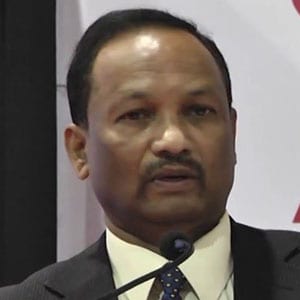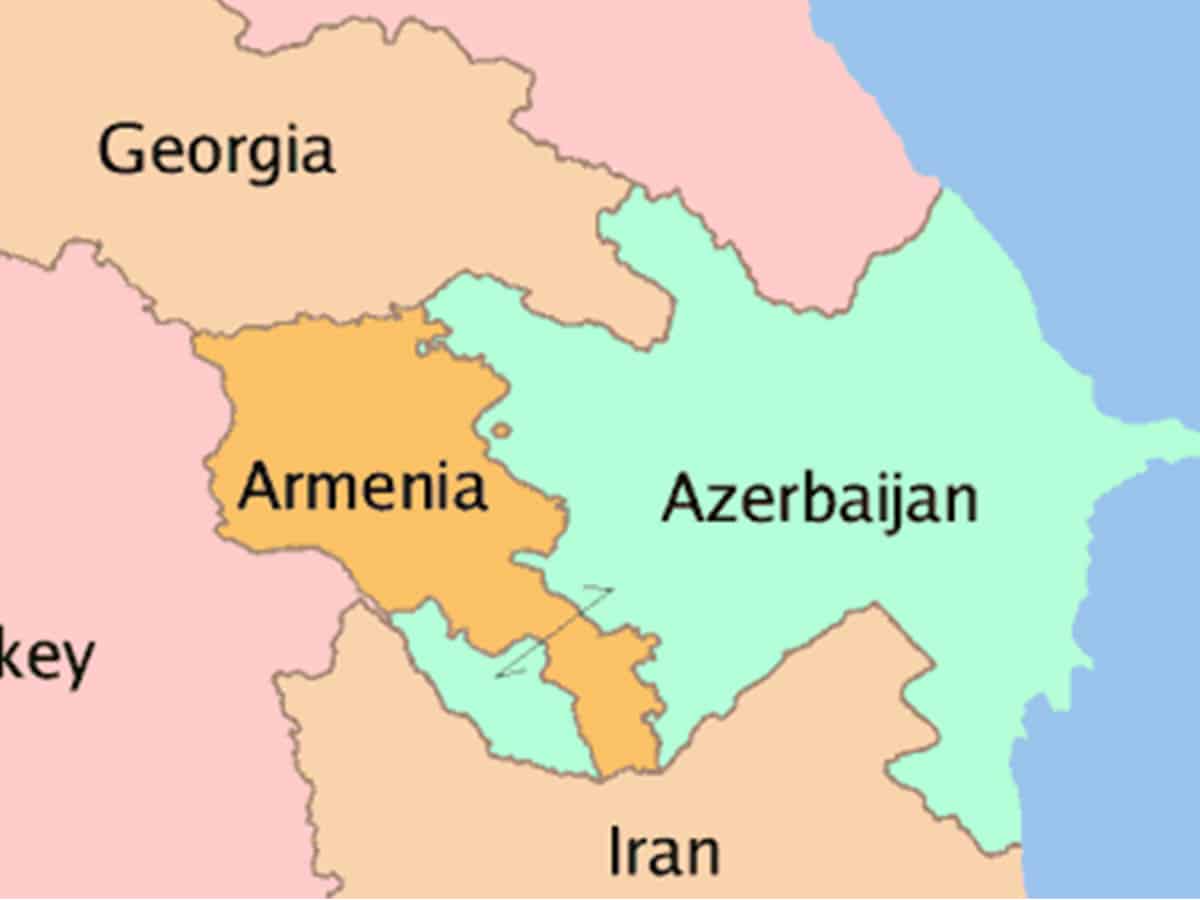
By K.C.Reddy, IPS (retd), former Chief Security Advisor, United Nations
Last week, with Moscow’s intervention, a peace deal was signed by Azerbaijan President, Armenian Prime minister and the Russian President over the disputed Nagorno-Karabakh region. The peace deal created diagonally opposite reactions in both the countries. While jubilant scenes were noticed in Azerbaijan on their perceived victory, crowds of protesters stormed into Armenia’s govt buildings and the parliament over their perceived defeat. The Russian brokered ceasefire deal, though halted fighting for the time being, lead to the announcement of resignation by Armenia’s foreign minister and 17 opposition parties and their supporters mounting pressure on the ouster of the country’s Prime minister. Two weeks prior to this cease fire deal , US brokered truce in Armenia-Azerbaijan conflict but it was very short lived as it was widely believed that the US efforts were more aimed at garnering the support of sizeable Armenian population in US, in the presidential elections , rather than intended to establish a lasting peace in the region . This type of occasional cosmetic approach to the conflict may not yield desired results unless sustained efforts are made to address the root cause of the problem.
The conflict between Armenia and Azerbaijan over the disputed Nagorno Karabakh area , is dominated by sporadic border skirmishes , occasional flare-ups and full scale war for the last three decades . Recently , the role played by external actors like Turkey ,Russia, Israel and Pakistan, acquiring of sophisticated weaponry including drones by Azerbaijan , internal pressures within the states, pushed the conflict to large scale battle , necessitating appeals from United Nations and other countries, to end hostilities and maintain peace in the area . However , all these appeals did not have any effect as both Armenia and Azerbaijan have pledged to continue fighting and further escalated tensions by switching from cross border shelling to the use of long range artillery.
Is the conflict due to religious and cultural factors or the principles of territorial integrity and self determination are involved? What actually drove the dormant dispute to such a serious level? A brief history of the conflict and changed geo political scenario in the region would provide some answers.
When the Red Army conquered Caucasus in early 1920s, former soviet leader Joseph Stalin placed Nagorno Karabakh area into Azerbaijan but ninety percent of the population in that area were Armenians. Since then the area remained a bone of contention between the Christian majority Armenia and Muslim majority Azerbaijan.
The Armenians living in 4400 sq km area of Nogorno karabakh had declared independence in 1991 and some of them turned to guerilla warfare. Azerbaijan govt sent security forces to suppress Armenian militants and supported massacres which lead to ethnic cleansing. The Nogorno karabakh soon declared that it was joining Armenia by its own will but Azerbaijan objected to it.
After the fall of the Soviet Union, Armenians in Nogorno karabakh ,popularly known as karbakhi fighters aided and abetted by Armenian regular troops , Russian advisors fought fierce battles with Azerbaijan for four years from 1991 till 1994 . Karbakhis not only gained control over 4400 sq kms area of Nogorno karabakh but also seized adjoining seven districts territory comprising of 7000sq kms area and formed the Republic of Artsakh with capital Stepanakert which is often referred as Republic of Nogorno karabakh .
With revenues from rich oil resources, Azerbaijan has acquired Israeli drones and air defense systems, Russian surface-to-air missiles and other advanced weaponry. Inspite of its limited spending power, Armenia also acquired additional heavy weapons and sophisticated missile systems from Russian. Russia committed to defend Armenia, Turkey committed to protect Azerbaijan, Iran has border with both countries and has a sizeable Azeri population which outnumbers the population of Azerbaijan.
Azerbaijan government insists that Nogorno karabakh cannot be independent and it is part of Azerbaijan province as recognized by international community and it should vacate occupied territory.
With newly acquired sophisticated weaponry and support from external agencies , Azerbaijan president Ilham Aliyev believes that territory can be liberated by force without real political cost .At present heavily armed contingents are deployed in close proximity along the line of contact between Azerbaijan and Nogorno karabakh and between Armenia and Azerbaijan. There is no buffer zone and there are no peacekeepers between the warring groups. In such a precarious situation, even inadvertent military action can lead to renewed large scale clashes.
International community is concerned as breaking of large scale fight between two rivals, trigger civil unrest ,humanitarian crisis , internally displaced persons, outflows of refugees which will effect neighboring states besides adversely affecting their economies .Azerbaijan, being main supplier of energy resources to neighboring states and Europe , intense fighting could disrupt energy transportation net work . Moreover Azerbaijan falls in the international North-South transport corridor route connecting India with Russia through central Asia.
The fluctuation in oil prices coupled with COVID pandemic, adversely affected economies of both states. Moreover, president Alike was criticized for restricting opposition parties, arresting activists and curtailing freedom of press. It is believed that Azerbaijan authorities try to divert the attention of public from poor governance and declining economy by escalating conflict with Nogorno karabakh and Armenia by arousing nationalism .Similarly, the economy of Armenia is no better and moreover massive protests were organized in Armenia on the soft handling of issue of Nogorno karabakh and even the Prime minister was changed. These internal pressures, prompted authorities in both states to maintain tough public stand on the issue.
India, rightly, maintains a balanced approach by maintaining relations with both states. Due to the support extended by Armenia to India’s stand on Kashmir issue and other historical reasons, India maintains strong relations with Armenia -in fact India signed a friendship and cooperation treaty with Armenia in 1995. So far Azerbaijan is concerned, the ONGC made small investments in Azeri oil project and GAIL is exploring the possible cooperation in LNG .Ultimately it is the diplomacy and not military solution, which can pave way for lasting solution to the conflict.

